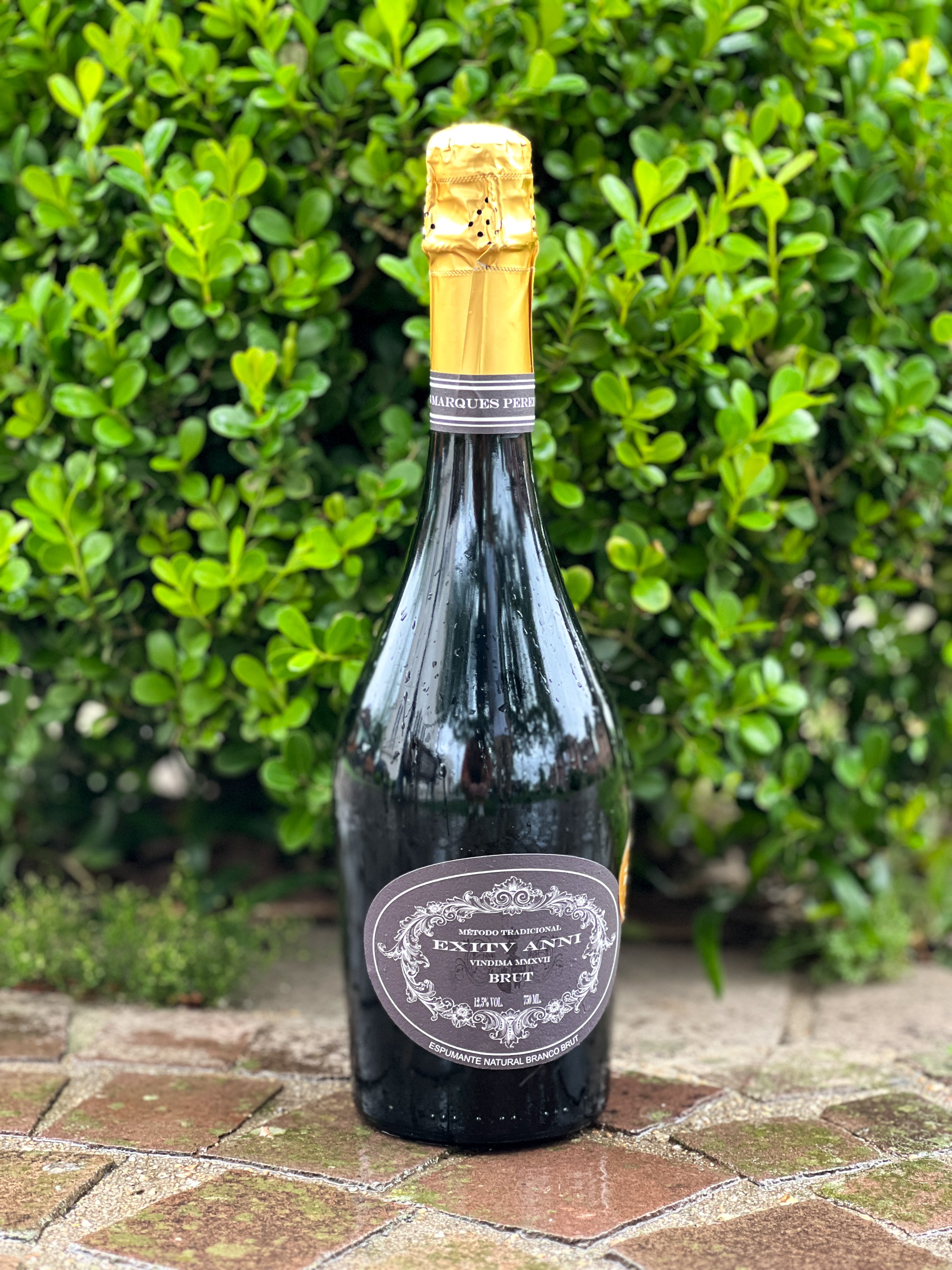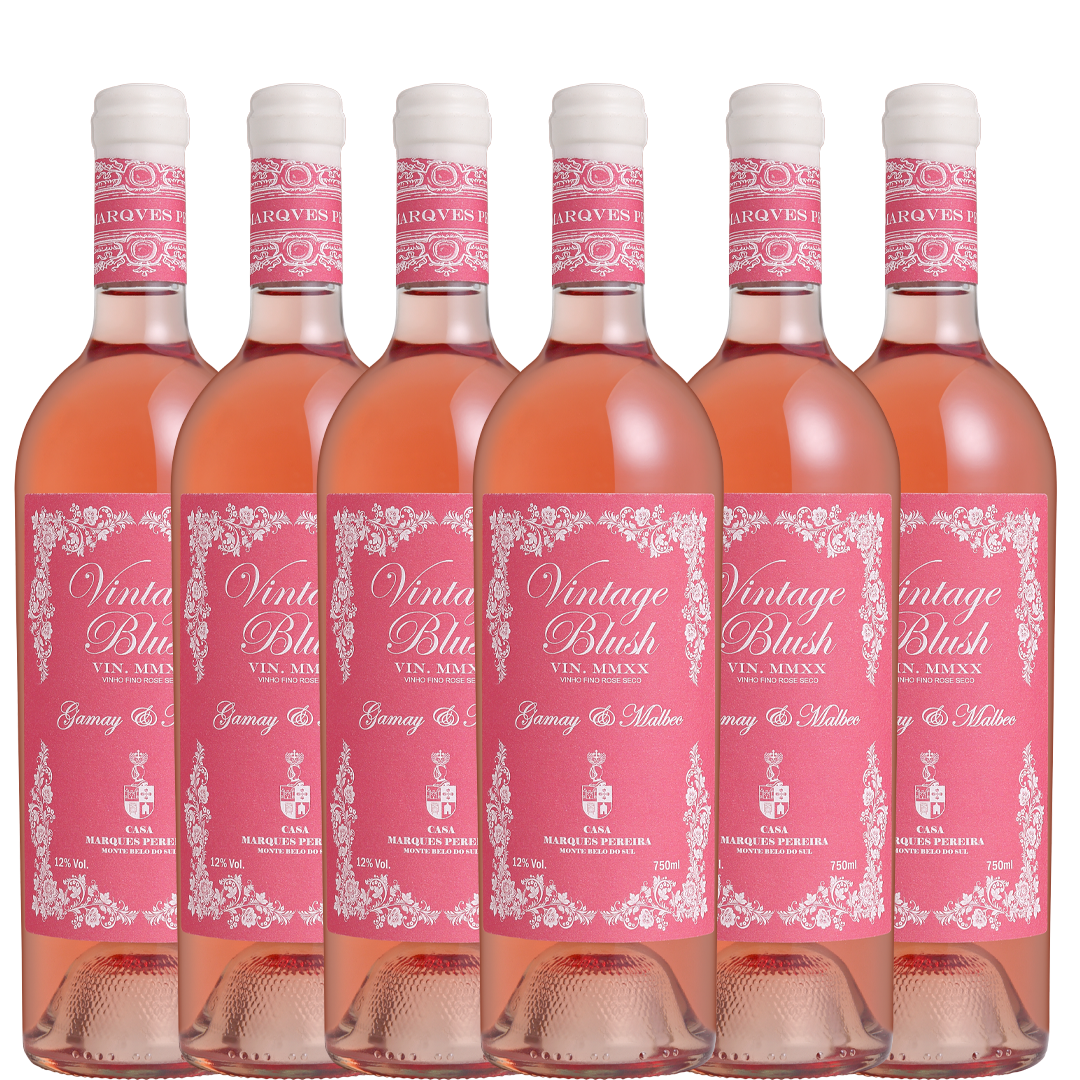Cork stopper: Where does it come from and why do we use it?
The final barrier between you and your wine has a long history of connection with the world of wine. After all, where does this material, so intimate to wine lovers, come from, and how did it end up in the bottle?
We spend so much time worrying about the precious liquid inside the bottle, adorned with its favorite label, so accustomed to discussing the long and magical journey of wine from grape harvest to bottle aging, that we forget the fundamental presence of that object which was developed precisely to ensure a peaceful rest and allow the wine to reach its maximum potential.
If not you, surely someone nearby will crack a slight smile upon hearing the iconic "POP" as a bottle of wine is opened—the starting shot that definitively signals the end of the long relationship with the bottle and the most anticipated moment has arrived. Let's contain our excitement just this once, to talk a little more about the cork… Or rather: Carefully remove the cork from your Segredos da Adega Cabernet Sauvignon 2014 , and while you enjoy the wine and continue reading, keep the cork nearby.
Remember when we talked about oak and how this wood seems to have been born for wine? Well, this bond is so strong that, even after the end of aging in oak barrels, when this same wine goes to its final rest in bottles, the oak has not finished its journey. A very special species of the oak family, Quercus suber, known as the cork oak, lends its unique bark to the making of the famous corks made from this cork that grows slowly for at least 25 years before the first "peeling" can occur.
Upon reaching the ideal point, skilled professionals use small axes and other specialized tools to carefully remove the bark, keeping the tree's bare wood intact, undamaged, and ready to regenerate for the next 9 years before the next harvest cycle. After extraction, the whole barks are separated by quality, boiled in a process to remove impurities, and left to dry until they reach the correct texture.
This species of oak is the only one that possesses this characteristic of natural regeneration, making forest control very rigorous. The cork oak covers large areas of the Mediterranean, especially in Portugal, Spain, Italy and France, with the first concentrating almost 50% of the total volume, and also in the far north of Africa, between Morocco, Tunisia and Algeria.
When viewed at a cellular level, cork resembles a honeycomb of air pockets. This characteristic makes cork perfect for containing any liquid while allowing very small doses of oxygen to pass through; some studies indicate that a cork allows approximately 1 milligram of oxygen per year. Wine benefits from this, especially those with great aging potential.
Furthermore, cork stoppers are biodegradable and sustainably sourced, while maintaining cork oak forests is fundamental to the biome of the arid regions where they are found. A single tree will provide enough cork to seal thousands of bottles during its estimated lifespan of 200 years.
What are the different types of cork stoppers?
As we have already seen, being a natural product, cork is subject to different levels of quality, and taking full advantage of this special tree, there are different types of cork stoppers with their respective applications:
-Solid Cork Stopper : This is the image of the traditional cork, made from 100% natural cork, the best part of the harvest and the most appropriate choice for wines with aging potential and expected long rest in the bottle.
-Colmatized Cork: The colmatization process is applied to "fill" solid corks with larger obturations. A mixture of glue with the cork's own powder creates a protective layer, increasing contact with the bottle, and is also suitable for medium aging.
- Agglomerated Cork Stopper: This is a way for producers to utilize the leftover cork husks that didn't make a solid cork. Hundreds of cork fragments are joined together by gluing, and the result is generally used in wines intended for quick consumption.
-Technical cork: This cork is composed of an agglomerated cork body with two solid discs at the ends. The goal is to reduce costs by utilizing the fragments, while maintaining the potential to age wines for 2 to 3 years.
Within each type of cork, there are quality classifications, as well as dozens of special corks for specific products, in addition to various alternatives to these natural corks, but that's a topic for another conversation. For now, let's finish that bottle of Segredos da Adega Cabernet Sauvignon 2014 that we've already opened...















